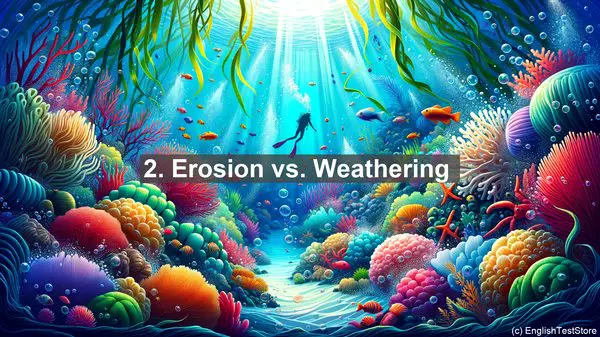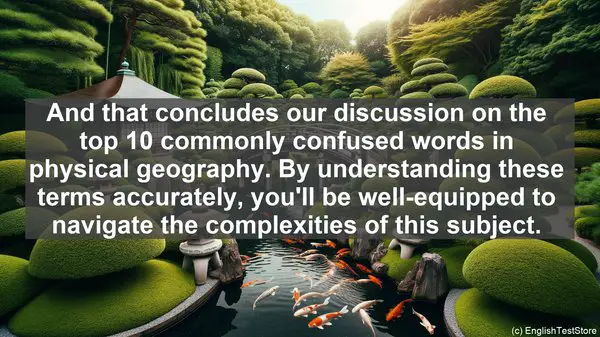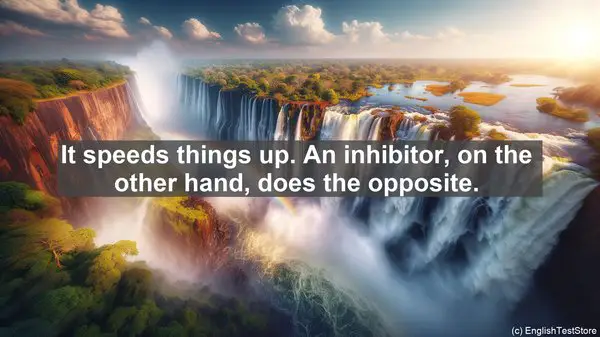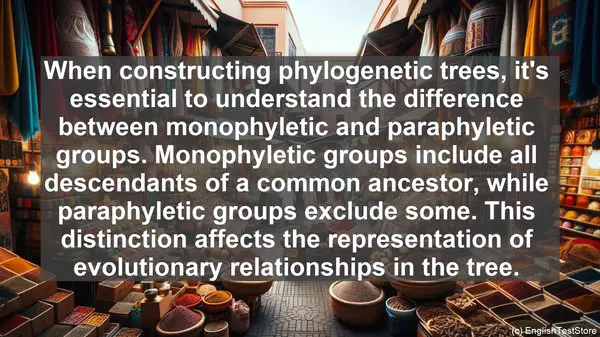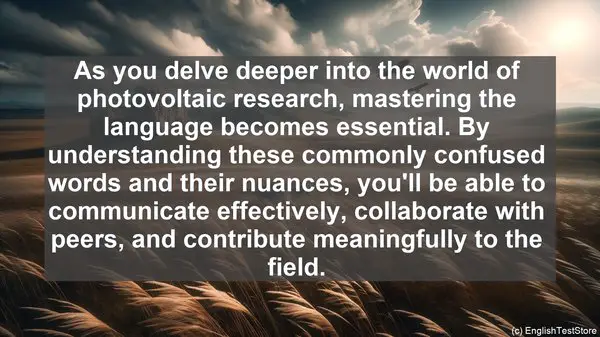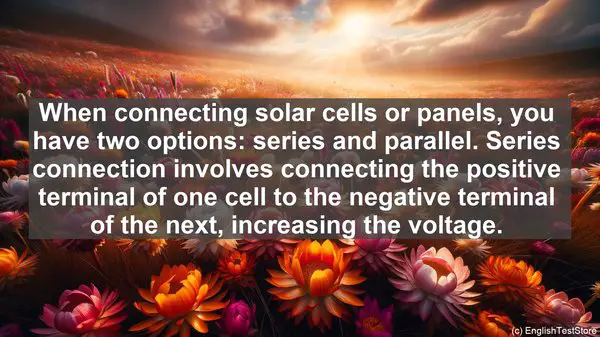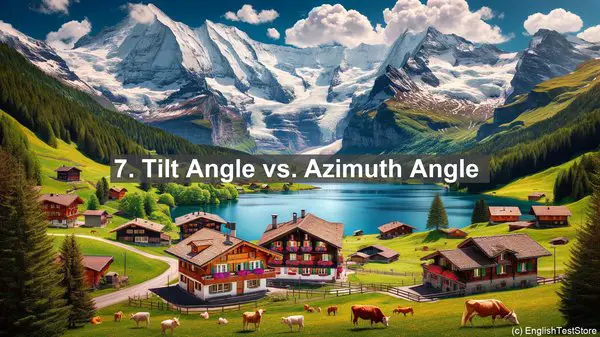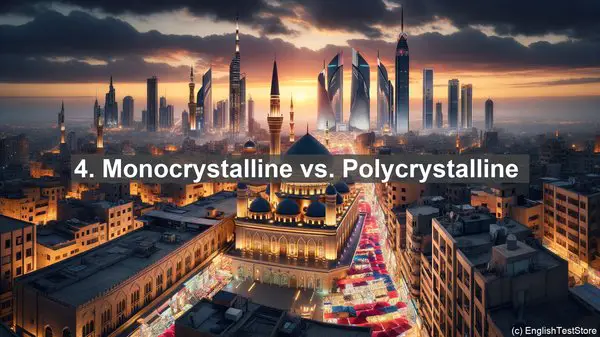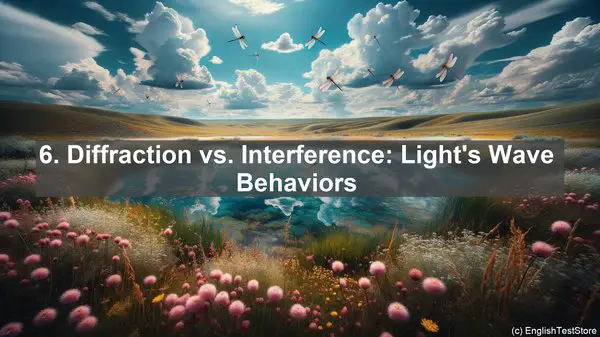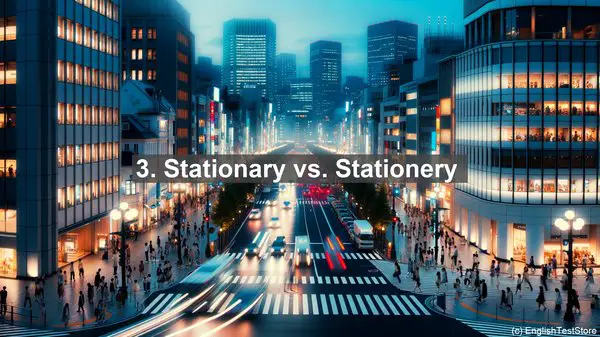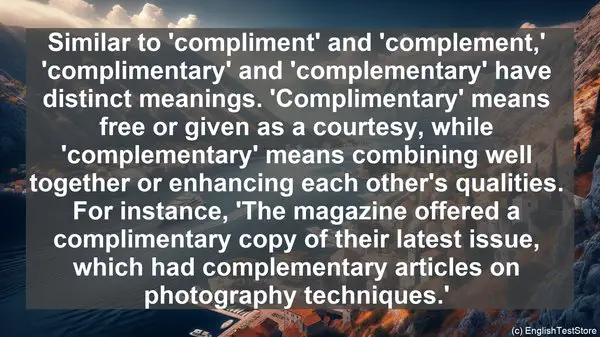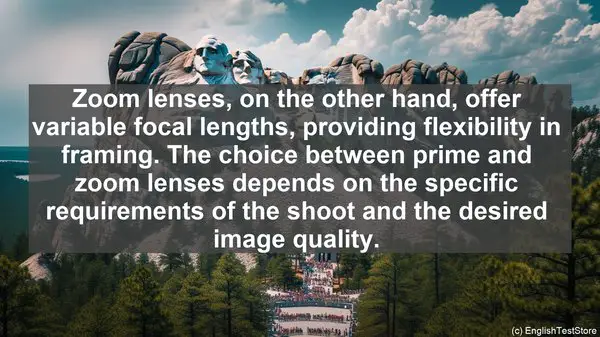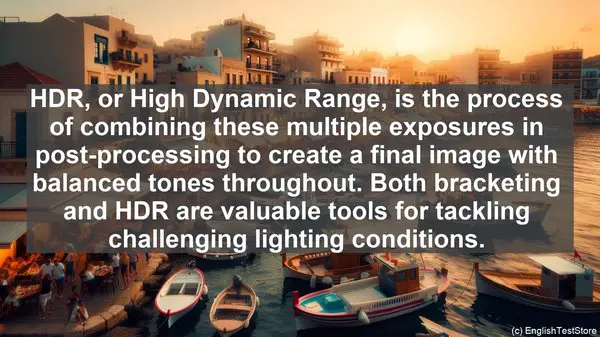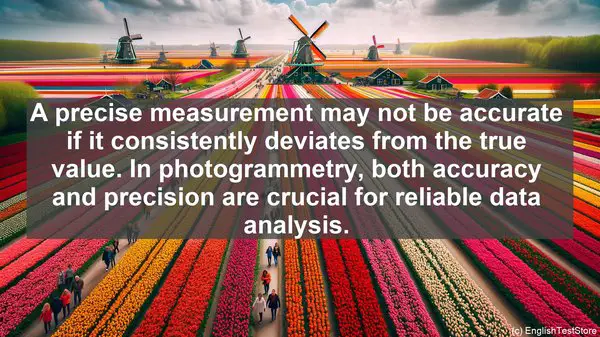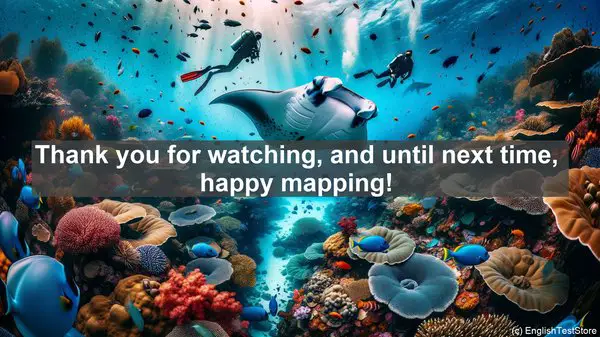Introduction
Welcome to today’s lesson on physical oceanography. In this lesson, we’ll be discussing the top 10 commonly confused words in this field. Understanding these words is crucial for a comprehensive grasp of the subject. So, let’s dive in!
1. Current vs. Tide
One of the most common confusions in oceanography is between ‘current’ and ‘tide.’ While both involve the movement of water, they differ in their causes and patterns. A current is a continuous flow of water in a particular direction, often influenced by wind or temperature. On the other hand, tides are the rising and falling of sea levels, primarily caused by the gravitational pull of the moon and the sun.
2. Upwelling vs. Downwelling
Upwelling and downwelling are terms used to describe vertical movements of water in the ocean. Upwelling refers to the upward movement of cold, nutrient-rich water from the deep ocean to the surface. It’s often associated with increased marine productivity. Downwelling, on the other hand, is the opposite, where surface water sinks to the deeper layers. These movements play a crucial role in nutrient cycling and the distribution of marine life.
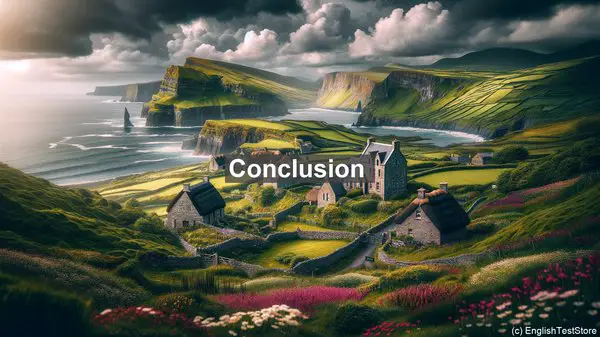
3. Salinity vs. Density
Salinity and density are two important properties of seawater. Salinity refers to the concentration of dissolved salts, minerals, and other substances in the water. It’s typically measured in parts per thousand. Density, on the other hand, is the mass per unit volume of the water. While salinity affects density, other factors like temperature and pressure also play a role. Understanding these properties is vital for studying ocean circulation and the formation of water masses.
4. Ebb vs. Flood
Ebb and flood are terms used to describe the movement of water in estuaries and tidal areas. During ebb, the water flows out, moving from high tide to low tide. Flood, on the other hand, is the opposite, where water flows in, moving from low tide to high tide. These tidal movements are not only important for coastal ecosystems but also for activities like navigation and energy generation.
5. Gyre vs. Eddy
In oceanography, gyres and eddies refer to large-scale and small-scale circular movements of water, respectively. Gyres are massive, slow-moving systems that span vast areas, often driven by global wind patterns. They play a significant role in ocean circulation and the transport of heat. Eddies, on the other hand, are smaller, swirling motions that can occur within gyres or independently. They’re often associated with localized changes in temperature and nutrient distribution.
6. Thermocline vs. Halocline
Thermocline and halocline are terms used to describe vertical temperature and salinity gradients in the ocean. A thermocline is a layer where there’s a rapid change in temperature with depth. It often acts as a barrier, limiting the mixing of water between different layers. A halocline, on the other hand, is a layer with a significant change in salinity. These stratifications have implications for marine life and the vertical movement of water.
7. Fetch vs. Swell
Fetch and swell are terms used to describe waves in the ocean. Fetch refers to the distance over which wind blows continuously, generating waves. It’s one of the factors that determine the size and energy of waves. Swell, on the other hand, is the long-period waves that propagate away from their generation area. They often result from distant storms and can travel long distances without significant energy loss.
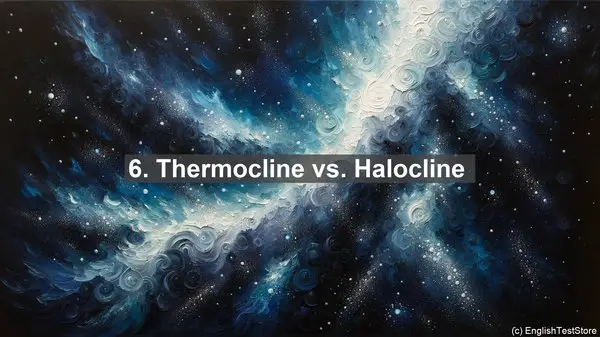
8. Abyssal Plain vs. Continental Shelf
Abyssal plain and continental shelf are two distinct features of the ocean floor. The abyssal plain is a vast, flat area in the deep ocean, typically found beyond the continental slope. It’s covered in fine sediment and is relatively featureless. In contrast, the continental shelf is the gently sloping area near the coast, extending from the shoreline to the shelf break. It’s often rich in marine life and is an important fishing ground.
9. Brackish vs. Briny
Brackish and briny are terms used to describe the salinity of water. Brackish water is a mix of freshwater and seawater, often found in estuaries and coastal areas. It has a lower salinity compared to the open ocean. Briny, on the other hand, refers to water that’s highly saline, often due to evaporation. It’s commonly associated with salt flats and certain inland water bodies.
10. Benthos vs. Pelagos
Benthos and pelagos are terms used to describe different zones in the ocean. Benthos refers to the bottom or seafloor, including the organisms and habitats found there. It’s often characterized by relatively stable conditions. Pelagos, on the other hand, refers to the open water column above the benthos. It’s more dynamic, with factors like currents and temperature variations playing a significant role.

